Fabrics & material
ECO friendly fabrics


Textile industry used to be seen as the biggest harmful industry to ecology. The contaminant issue keeps sustaining from production to final products. During the process of bleaching and dyeing, it would generate a poison which affects our ecology. It is important to control the pollution and prevent the product from being contaminated. Usage of rayon accelerate the extinction of forest. Petroleum product is harmful to environment. To prevent environment from those effects, we need to set up some pollution regulations.
eco- friendly fabrics
Fortunately, there is several alternative, such as linen, wool, organic cotton, soybean silk, bamboo fabrics, jute and corn fiber which seen to been suitable for eco-friendly stuff. Because those material can be extracted from nature, and is harmless.
Besides, above stuff is cheaper than other synthetic fiber. On the other hand, so as to reduce the cost and avoid to complex limitation from regulation, textile factory relocate to developing countries .Although the regulation is advantage to business, it is unsafe to society. Therefore, there are several methods which be seen as eco-friendly in textile industry:
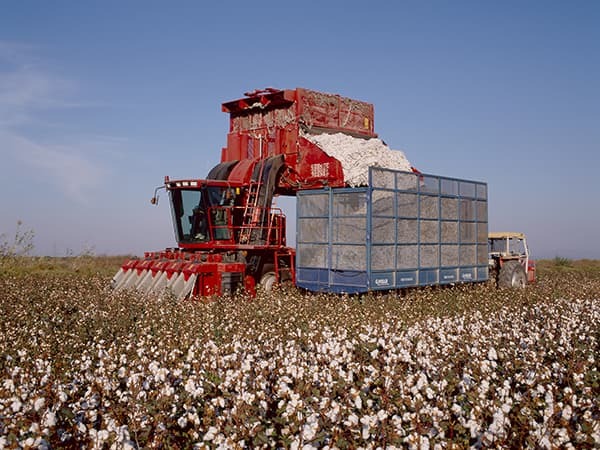
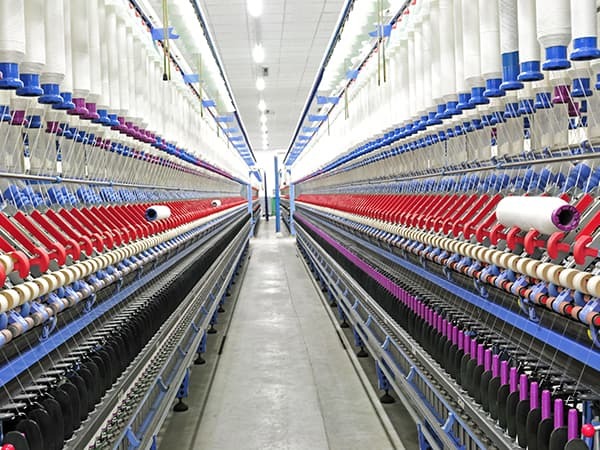
- Planting of cotton
- Planting cotton require abundant of pesticides, chemical fertilizers and water. as the cotton usage increase, there is up to 22.5% of pesticides be used to cotton planting. Moreover, with increasing use of cotton, it needs approximate 275 gallons of water to manufacture per of T-shirt. Pesticides has bioactive compound, which can inhibit the growth of bacteria, fungi, algae, insects, etc. As a result, it can not only deworm, but also improve the quality of fibers. Furthermore, if overuse the water while irrigating cotton, it may increase the consistence of salt and reduce soil productivity.
- Spinning
- During process of sizing, starch is used in yarn in paste to increase strength and wear resistance. To prevent starch from microorganisms, it is consist of preservative. Some preservative is extracted from phenols, pentachlorophenol, both are poisonous to skin. As a result, such saves should be avoided. Synthetic starch can replace the preservative; thereby, reducing the harm from phenols and pentachlorophenol.
- Sizing
- During the process of spinning, within-fiber will float in the air and pollute the atmosphere. Floating fiber is harmful to heath. In order to reduce the effect from floating fiber, spinning department will equip filter to filtrate the impurity in the air.
- Loom
- Loom generate to kinds of contaminant. One is fiber dust, the other is noise. If there is no any measure during process of weaving, it may generate grease. Before chemical processing, grease will be filtrate by machine. As a result, we should reduce the grease on the cloth, and avoid using carbon tetrachloride products in detergent and textile products.
- Processing which is not eco-friendly
- Using potassium dichromate, sodium hypochlorite, peroxide, and sodium hypochlorite during desizing and bleaching will generate numerous of BOD. Chlorine is not used in bleaching, because it will produce organic halide, some are considered as carcinogen.
- Dyeing
- Under the consumer good safety ordinances, if the clothing (textile, shoes, leather) or bedding which dyed by azo dyes will release one of twenty species of amine, it can’t be traded. The list has been expanded to 24 species of amine.
Some dyes used in vat dyeing generate carcinogenic amines. According to some countries’ regulation, it should be avoided strictly. Most of the manufacturers have already stop producing and selling dyes which will generate carcinogenic amines.
While selecting high fastness substantive dyestuff, we should avoid overusing copper salt and chromium salt. Cationic dyeing fixative, which used in substantive dyestuff and reactive dyestuff, should possess low formaldehyde and low BOD. During the process of reactive dyeing, the usage of urea should be reduced. Instead of sodium sulfide, while using sulfur dyestuff, others reagents, such as hydrolysates or hydroxy acetone, should be used. During dyeing polyester, carrier and leveling agent should not contain chlorinated or phenolic composites. The carrier base in chlorobenzene is poisonous and carcinogenic. Leveling agent which contain Ethylene perchloride and trichloroethylene is carcinogenic compounds. As a result, it should be avoided.
For reactive dyestuff, vat dyestuff, vulcanized dyestuff, and substantive dyestuff, during dyeing process, it needs abundant of salt to reach good effect of dye bath. It will cause an increase of dissolved salts in wastewater. As a result, while producing new dyes, it needs less saline to implement dyestuff fixing. - Printing
- Same as dyeing, conducting printing should choose pigment which is innocuity and without prohibited amine. Recommend using improved pigment which is high fixing and needs less rinsing. Although the usage of kerosene has already reduced significantly, It should be remove completely.
Using other ingredients and improving printing method can reduce the usage of urea. Citric acid, which contain in disperse printing can be replace by chemicals. Nylon fabric printed with a large amount of phenol, it should be altered by Diethyl glycol. To reduce the number of free formaldehydes containing in final textile, using formaldehyde to improve the fatness of printing should be banned. - Tidy
- Formaldehyde cross-linking agent which used to increase stability and wrinkle resistance, is the most poisonous chemicals. Free formaldehyde may release from fabrics, because it doesn’t generate formaldehyde during the process of cross linking. Many countries set up tolerance limitation of free formaldehyde according to the usage of textile and clothing. Formaldehyde exists in atmosphere and polluted water is seen as poison. To overcome the obstacle, formaldehyde scavenger should be used (the chemicals that can mutualize toxic effect of formaldehyde.)
During every process, sorting is important. Because sorting cotton can show its advantage, which known as addictive value. Some important surface is easy to sort. Besides, it is durable and wrinkle resisted.
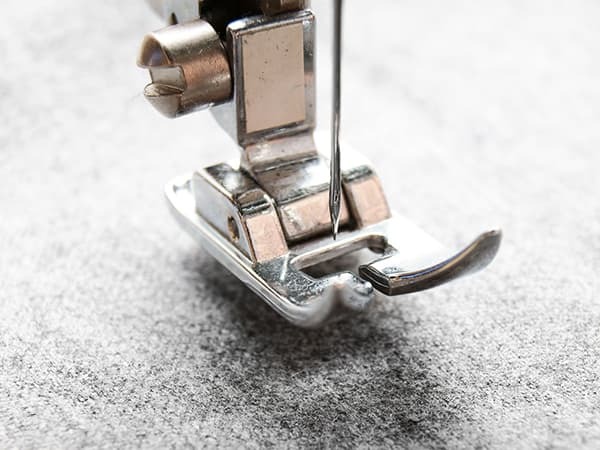

Implement eco-friendly
Here comes several methods to implement eco-friendly:
- Prevent:
- Prevention is to give up the process or product of improving environment.
- Reduction:
- It can be implemented by containment reduction.
- Reusing:
- Under the pressure of deficient of resource, reusing dying bath is a critical essentiality. Because using the latest stimulation and filtrating technique can cumulates the substance in the dyeing bath concisely, this has already become a trend.
- Recycle:
- The recycle of this natural fiber can be conducted. However, due to biodegradation, its application will be limited. On the other hand, synthetic fiber can be recycle through fusion and remake. it may be the most acceptable method for chlorenchyma. However, it have be restricted, because it is lack of the usage of recyclable material.
Ecological elements
Considering textile, ecology can be divided in to three species:
- Production ecology:
- The planting and harvesting of synthetic fiber – production of remaking synthetic fiber- production of yarn, twisting and textile- finishing- use fertilizer, growth regulator, pesticide, serial of textile chemicals, additives to produce cloth.
- User ecology
- Prevention is to give up the process or product of improving environment.
- Disposal ecology
- It can be implemented by containment reduction.
- Eco standard factors:
- Under the pressure of deficient of resource, reusing dying bath is a critical essentiality. Because using the latest stimulation and filtrating technique can cumulates the substance in the dyeing bath concisely, this has already become a trend.
Eco-Labeling
Eco-standard and eco -labeling quickly become an important meaning in textile industry and marketing while arrange successful expert.
- OEKO-TEX Standard 100
- For researching and testing in textile ecology, OEKO-TYX is publicized by Austria TTRI and Germany Hohenstein Institute. It describe different restriction andlimitation in different levels: - Product category I: suitable for infants under two years old and infants. - Product category II: The textile which will contact directly with skin, and cover most of its serface while using it. - Product category III: the textile which will not contact with skin directly and cover small portion of its surface. - Product category IV: This category covers the material which used for decoration.
- MST(Markenzeichen Schadstoffgeprufter Textile):
- This label is used to represent Germanic products, only shows the feature of products.
Trademarks for testing hazardous substances in textiles:
- MUT:
- This trademark passed VVUT. It needs to follow some regulations while production.
- GUT:
- This eco-label is made by well-known company in European blanket industry. GUT exists for Gemeinschaft Umwelt freundlicher Teppichboden. It is and eco-friendly blanket association, which purpose is to maximize the cover of textile floor and warrant period.
- GuW:
- This is a stamp of eco-friendly furniture fabrics association.
- CLEAN FASHION:
- This is an ecological sign published by textile private company.
- STEILMANN:
- This is the most famous ecological sign of Germanic textile company.
- Eco-friendly cotton:
- Label based on internal evaluation system of society, ecology, and toxicology values
- Ecological sign:
- This is Indian ecological sign.
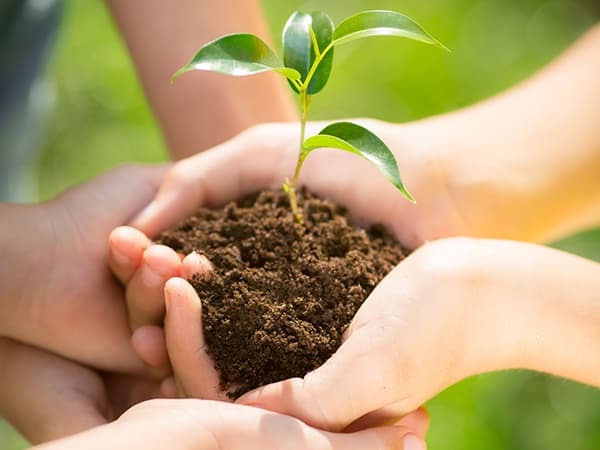
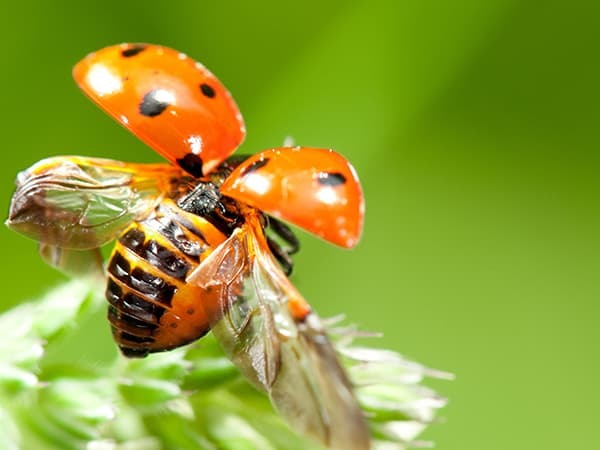
The function of ISO 14000:
Series of ISO 14000 are used to solve environmental problems in present. The main purposes are:
- Prevent natural resource
- Reduce the quantity and emission of rubbish.
- Improve environmental situation.
- Follow national and international convention.
Management of ecology
Most of the textile factories have its own pollution control agency. This agency mainly deals water containment of textile industry. The purpose is to ensure the water discharged into city, river, brook and ocean is unharmful to human being, animals and plants.
In order to control the air and water pollution, environmental protection bureau presently adopt several measures. In terms of toxicity of textile products, because of the regulation formulated by MEDC, environmental awareness is increasing significantly in nation and abroad. It forces domestic manufacturers follow the rules and ordinance, if they want to attract foreign to do business.
Within the ecological management followed by textile industry, the water used in washing will be reused, and caustic soda will be recycled.
Water pollution
Textile industry consumes more quantity of water than others. In this industry , water is used in producing textile and making different chemicals. Those chemicals are not biodegradable, so eliminate them before emission is important. Because of high temperature, odor, turbidity, color, and toxic chemicals, contaminated water is critically unsafe to animals and plants.
Control water pollution
This is a label shows Germanic products, and only show feature of textiles.
Nowadays, there are several measures to solve and control discharged polluted water in domestic. Primary treatment eliminates suspended solids through precipitation, flotation, flocculation, and coagulation technique. After that, microorganisms will be generated on the surface of pollution water and sludge which contain urea, calcium phosphate, and several chemical nutrition:
- Chemical oxidation: To precipitate insoluble inorganic in limited range of PH value.
- Carbon oxidation: the surface of active carbon can absorb amount of organic matter. Using active carbon to remove pigment and dyes is very useful.
Management system
To implement several measures in eco-friendly craft in textile industry, management class must to determine the direction of ecological policy. Besides, it should realize the cost must be generated while implement. Same as other costs, it should not try to reduce ecological costs, but sacrifice the ecological standard of textile industry .
Conclusion
Textile industry play an important role in global economy and import. Because of globalization of domestic textile industry, it needs to analyze its production technique, procedure, and product quality to satisfy whole global ecological standard.
In different procedure of textile products, it should make sure those process is finished under chemical methods, but not generate any toxic effect. To ensure the water pollution meet the standard, it should transform the formulation, and set up sewage treatment plant. Besides, if it’s possible, recycle and reuse the polluted water. the design of management should fit with proper control of internal system about selection and purchase of material. The costs of sewage treatment is unavoidable. Any method of costs reduction should not conduct through sacrificing ecological standard. Moreover, textile units should introduce appropriate audit system to ensure achievement of ecological standard.
